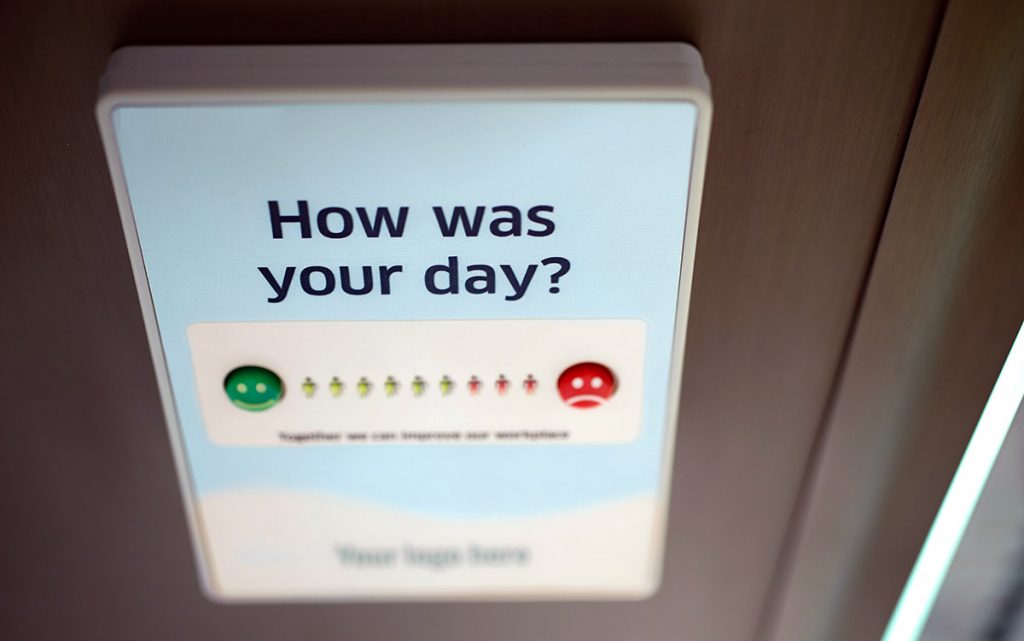
What is the Net Promoter Score?
Net Promoter Score (NPS) is an indicator of how likely customers are to recommend your company, products, or services to others. It shows how pleased, or otherwise, customers are about what they are getting from you. A score is determined by asking users to rate, on a scale of 0 to 10, how likely they are going to recommend your product or company to their friends and colleagues. It falls anywhere between -100 and 100 when calculated.
Introduced by Bain and Company in the early 2000s, NPS is regarded as a gold standard when it comes to customer satisfaction. Many companies now take a keen interest in it for the following reasons:
- Knowing how well a company or product is doing in satisfying customers
- Predicting the growth trajectory
- Identifying the need for measures to improve customer loyalty
- Bringing all hands on deck in an organization to do everything possible to have satisfied customers
Types of NPS Programs
Net promoter score is calculated with the aid of surveys – these surveys can be conducted in person, emailed, or as prompts in-flow on a website or app. Responses to questions asked in these surveys provide ratings or scores that help to determine the overall score.
There are two major types of NPS programs: transactional and relational.
Transactional programs – These involve carrying out surveys after customers have an interaction with a company. You could contact customers, say, after they made a purchase or contacted support. Transactional NPS programs may give a hint of what influences overall customer satisfaction.
Relational programs – Also known as relationship programs, they involve companies reaching out to customers at regular intervals to find out how likely they are to recommend. These programs assess what customers think on the whole. Surveys may be sent out once a quarter or year, with this enabling comparison over time.
Your company should aim to carry out both transactional and relational NPS surveys. A single type may not be sufficient to adequately assess customer satisfaction.
How to Calculate NPS
The most important question to calculate NPS is that asking how likely they are to recommend to others. The calculation of your Net Promoter Score starts by dividing respondents into three categories, according to what they respond to that question:

Promoters – Those who indicate a 9 or 10 regarding how likely they are to recommend
Passives – Customers that gave a score of 7 or 8
Detractors – Respondents giving a score in the range 0 to 6
You calculate NPS by subtracting the percentage of detractors from promoters.
So, assuming 60% of respondents are promoters and 5% are detractors, your NPS is 55 (that is, 60-5).
What is an Ideal Score?
Net Promoter Score ranges from -100 to 100. The extremes indicate having only detractors or promoters respectively. It may be said then that a reading greater than 30 is good thing, indicating that you have a meaningfully higher number of promters.
If your company manages a reading of 70 or higher, it belongs among the elites for customer satisfaction. Some of the most popular companies around cannot even boast of that. For example, Netflix’s score was 64 in 2018 while that of Apple was 49.
Net Promoter Score not only varies between companies; it also varies widely between industries. The perfect 100 is practically impossible to attain.
Best Practices
Segment
It is a good practice to segment your data. This can enable you to identify patterns that can guide in improving the overall experience. The scores that customers give can vary across groups based on factors such as age, gender, and spending habits. Segmentation enables you to identify what group you need to pay more attention to improve your overall score.
Follow up
You should treat the NPS question as what opens up the door. Make sure you make the most of it to get more information by asking follow-up questions. Whatever response a customer provides, you can ask to know the reason for it. It also helps to inquire what you can do better, especially from detractors and passives.
Consider context
It is important not to take NPS at face value. You should endeavor to understand what could have influenced them. For example, a new customer may be more likely to give a great rating than an existing one that is probably already thinking of canceling. Paying attention to this enables you to better grasp factors influencing scores.
Monitor regularly
You should not approach the Net Promoter Score as a one-off thing. The market evolves as new competitors enter the market and as delighters become table-stakes over time. You need not only transactional surveys but also relational surveys. The calculation should be done regularly to identify changes taking place over time and requiring actions.